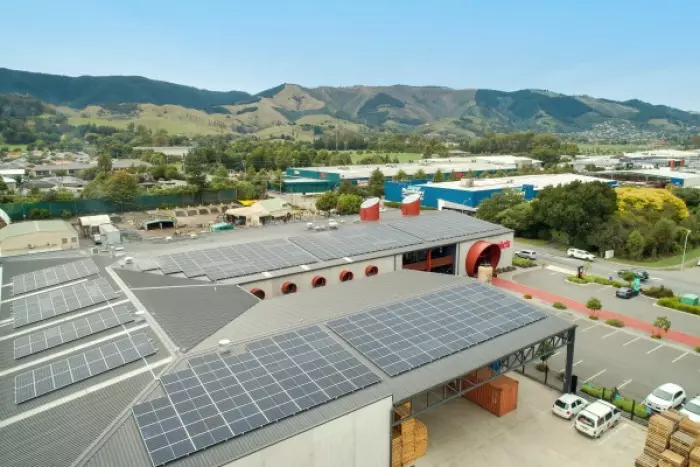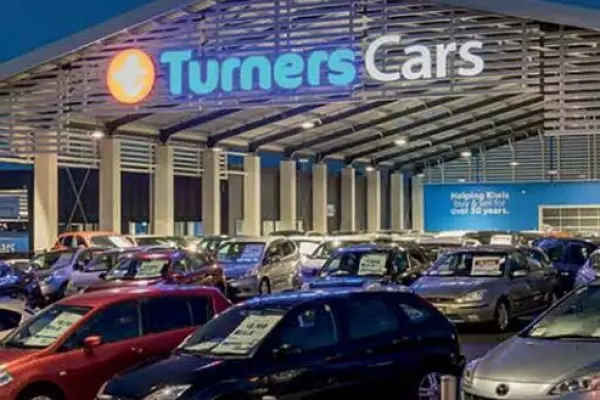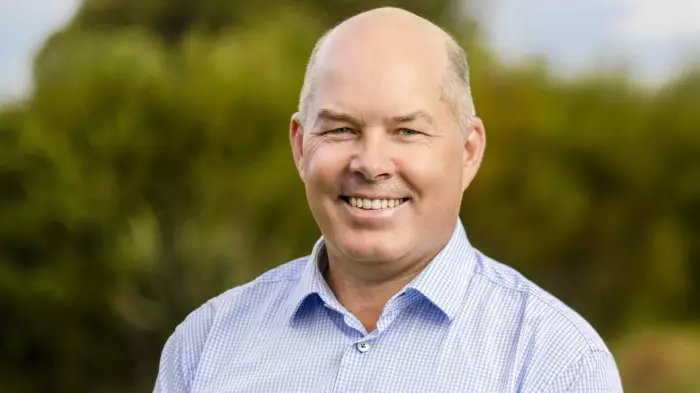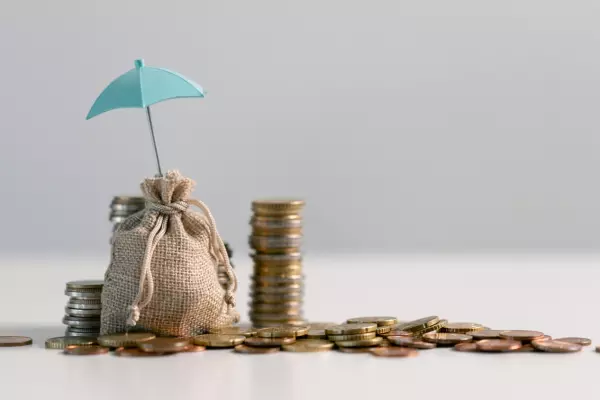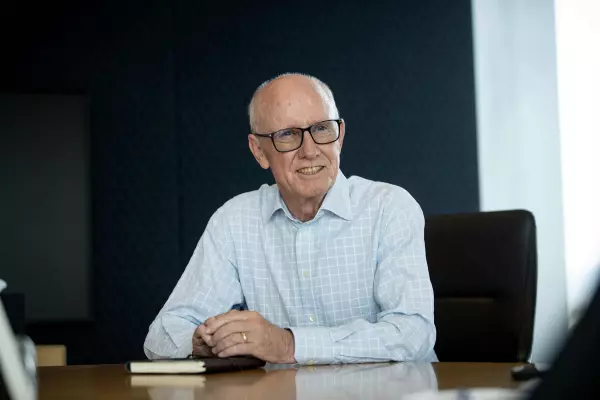While governments delay making unpalatable decisions and consumers, overwhelmed by the enormity of the task, make only token efforts to change their lifestyles, companies have a unique opportunity to drive climate-change mitigation.
For the same reasons growing numbers of investors are abandoning fossil fuel stocks, consumers will be looking to avoid buying from companies whose products adversely affect the environment.
Making changes to purchasing decisions is one of the least painful ways citizens can do their bit, and as the impacts of global warming become increasingly apparent, it is simply smart business for companies to take environmental challenges seriously.
But the road to doing better is often the path less travelled and many companies struggle with how to take sustainability seriously and make meaningful change without a misstep or two.
Corporates publicising their climate-change-mitigation efforts can sometimes face accusations of greenwashing, and as Kiwis, we have a natural reticence about trumpeting our good deeds. But with the right plan and the courage of our convictions, such headwinds can be weathered and, hopefully, taking care of our community and environment will become the norm for New Zealand business.
For those ready to take the plunge, the following are a few of the learnings from the Pic’s Peanut Butter journey:
Start measuring
Knowing how much carbon you emit, and what your climate impact is, will be the starting point of your sustainability journey. In 2020, we measured our carbon footprint in partnership with climate-change-mitigation consultancy Ekos (a great way to get a read on where you stand) and from there worked to become an accredited Zero Carbon and Climate Positive company – two measures that are becoming much more widely understood and sought out by consumers. Zero Carbon-certified corporates measure and offset 100% of the carbon dioxide emissions from their business operations (electricity, waste, freight, flights, driving and fuels). “Climate Positive” is the ultimate goal for businesses wanting to have a net positive impact on the planet. They commit to offsetting at least 120% of their measured CO2 emissions.
When your company starts this journey, it helps to identify the things you can adjust in the short term to make an immediate impact (these can be as small as implementing a programme to recycle soft plastics, or committing to reducing your printing) as well as setting some long-term meatier goals. It won’t happen overnight, but understanding where you stand and starting are crucial.
Put pen to paper
Set your standards, record where you’re at and update this as you make progress. Then share that information publicly, warts and all. Having an open record is a great way to stay accountable. Just don’t claim to be perfect, and be forthright in the fact that it’s a work in progress.
Challenge what you’ve always done
Once you know the functions in your business that have the biggest impact, set a plan to disrupt them and find a better way. Often there will be immediate changes your team can make, alongside some greater opportunities to be leveraged in the long term.
Our team identified our greatest area of emissions as outward freight. This sparked conversations relating to our distribution strategy and challenged us to factor carbon more dominantly into our strategic thinking. Each business will face these obstacles in a different area but challenging them and finding a better way will often result in a solution that is kinder to both the planet and your bottom line.
Bring your suppliers along with you
Let your business partners know you expect them to be taking their climate responsibilities seriously, and that efforts they make in this regard will strengthen your working relationship. Supporting other businesses that measure, reduce and offset their emissions helps to build a network that has greater influence in the long term.
Invest in the future
While reducing waste saves some expense, investing in environmentally friendly resources will deliver in droves in the long term. Just this year, we added hundreds of solar panels to the roof of our factory in Nelson, an investment that will see a chunk of our power needs supplied for free within the next decade – simply smart business. Physical changes like this also serve as a very visible manifestation of a company’s commitment to climate action – something customers love to see.
Balance the priorities
While financial accounting is well understood, sustainability accounting requires a different set of tools. The overarching standard by which leading businesses measure their contribution to the community and environment is B Corp verification. It’s an assessment that begins with the company’s charter and works across its community impact, employee wellbeing, waste reduction, and even the effectiveness of recycling programmes.
Measuring the carbon and community impact of a business is an integral part of being a certified B Corp and thus part of the global movement for an inclusive, equitable and regenerative economy. In order to stay certified, a business must undergo a B Corp audit every three years, with the expectation of continuous improvement. It’s a journey we’re on at Pic’s, and while we are not quite there, it’s tantalisingly close and has been a massive motivator for our team.
Look and learn
Don’t be afraid to look at what others are doing. Many businesses on a sustainability journey will be open and vocal about their progress, and a hive-mind mentality is always better than operating in a silo when it comes to the greater good. Reach out to your business community to identify what you can learn from each other and how you can work towards a better future together.
Pic Picot is the founder and chief peanut-butter maker at Pic’s Peanut Butter. To read more about the Pic’s sustainability journey, check out the Really Good Report.


